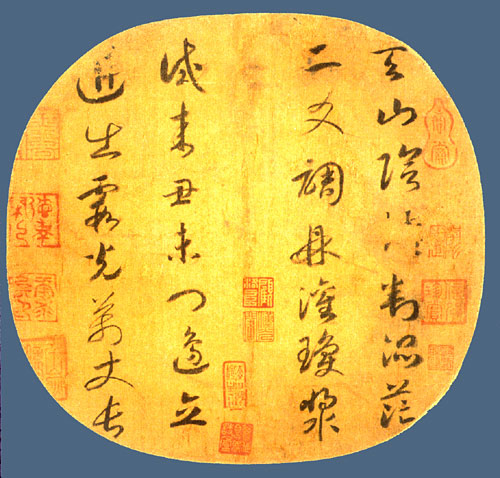Cǎoshū

Cǎoshū
Cǎoshū, known as Cursive Script in English, is a unique and expressive style of Chinese calligraphy that originated during the Han Dynasty (202 BC-220 AD). This style is renowned for its rapid, flowing strokes, marking it as the most informal and casual among all major calligraphy styles. Cǎoshū's development was a response to the need for faster writing in daily correspondence, reflecting a more personal, unrestrained approach compared to other scripts.
In Cǎoshū, characters are often written with a flourish, blending strokes and sometimes omitting parts of the character. This style captures the essence of spontaneity and individual expression, with each character potentially having multiple representations. It is this variability and fluidity that make Cǎoshū a favorite among artists and calligraphy enthusiasts who seek to infuse their work with dynamism and personal flair.
The historical significance of Cǎoshū is profound. Not only did it influence the development of other calligraphy styles, but it also played a role in the simplification of Chinese characters. Moreover, its influence extended beyond China, contributing to the formation of the Japanese hiragana script.
Today, Cǎoshū is celebrated for its artistic value, often appearing in ink paintings and other forms of artistic expression. Its abstract nature makes it the closest calligraphy style to modern abstract art, offering a rich field of exploration for contemporary artists and calligraphers.
For those who appreciate the beauty of Chinese calligraphy, Cǎoshū offers a captivating glimpse into the art form's more unrestrained side. To stay informed about the latest trends, exhibitions, and auctions related to Cǎoshū, sign up for our updates. Embrace the freedom and creativity of this extraordinary calligraphy style.
| Country: | Asia, China |
|---|---|
| Start of the period: | III century BC |